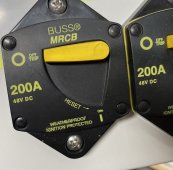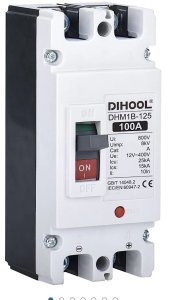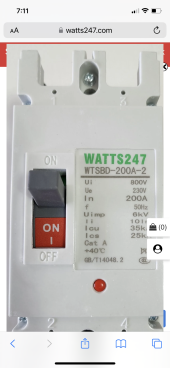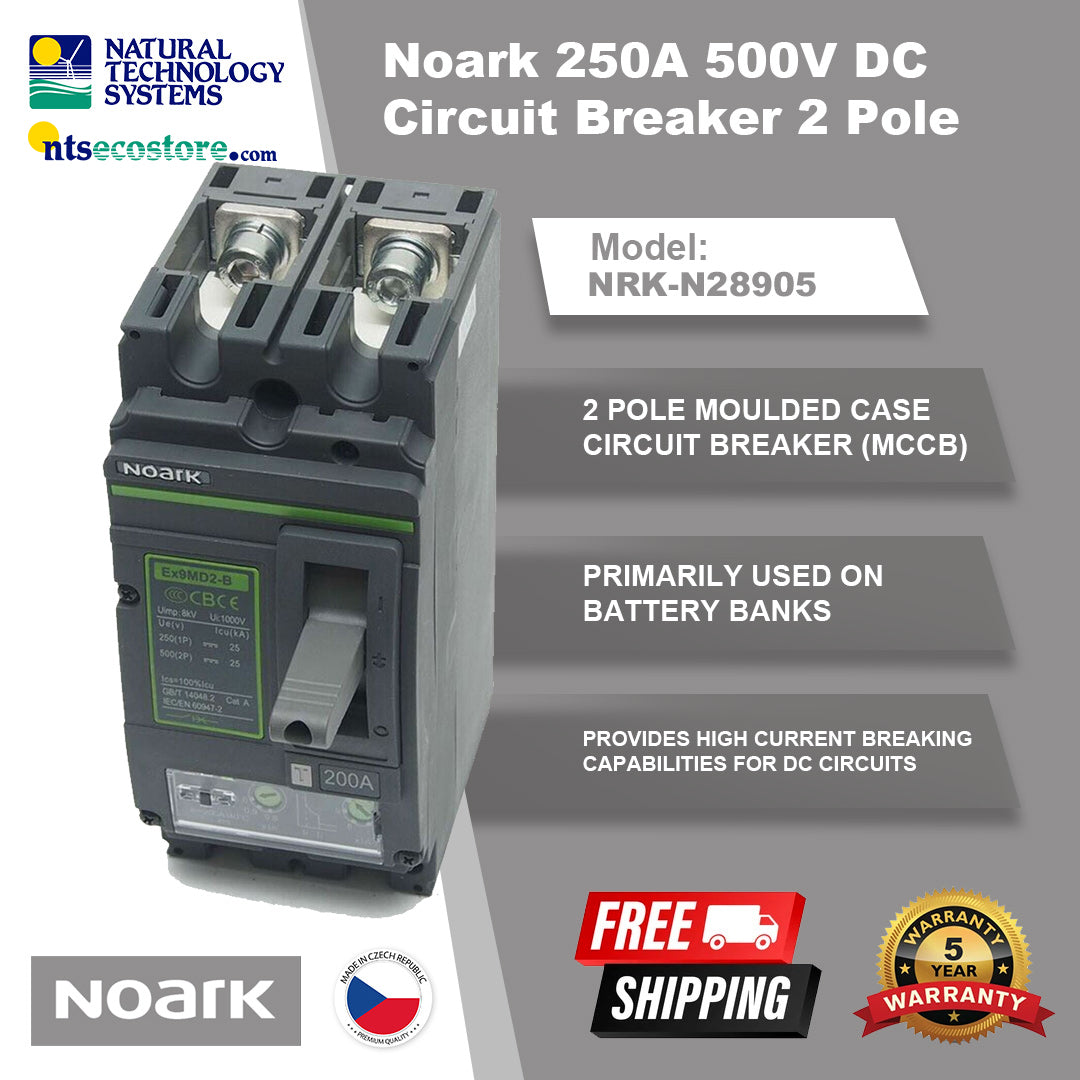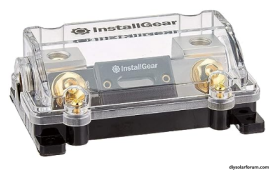SniperX
Solar Enthusiast
- Joined
- Apr 1, 2021
- Messages
- 347
I know. Would not want anything under 60VThe Blue Seas switches are top quality and handle 600 amps as I recall. But they are rated to 48 volts only and are not acceptable for a 48 volt system.




